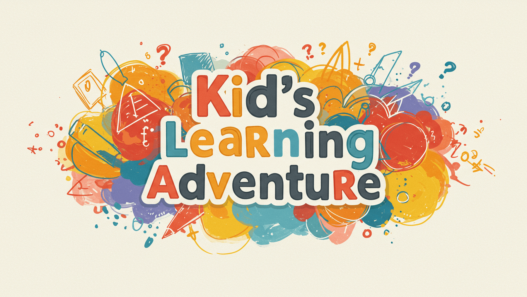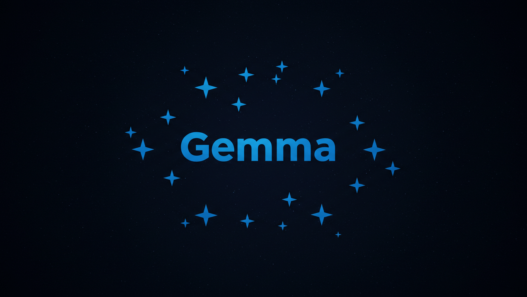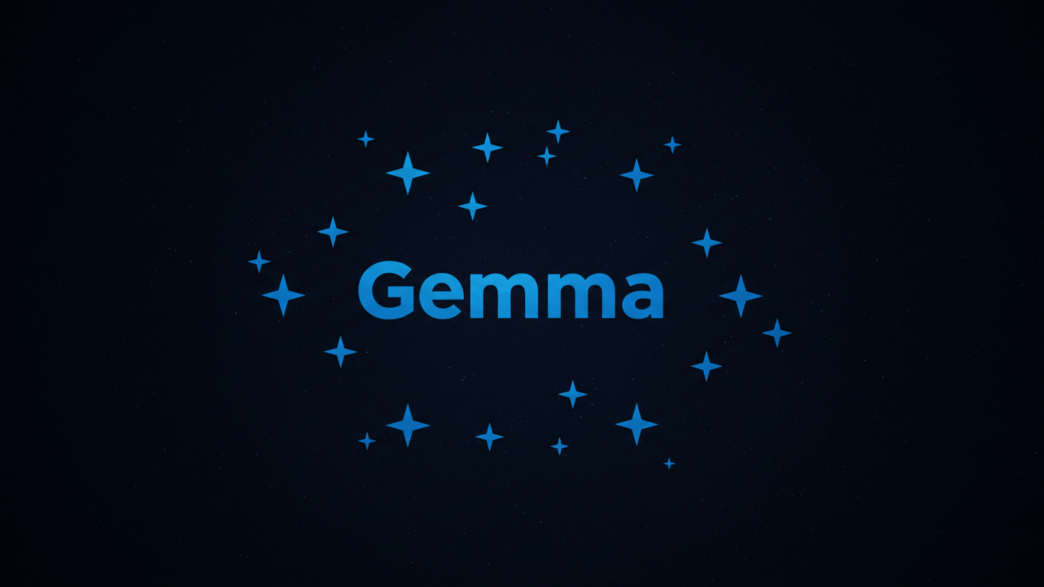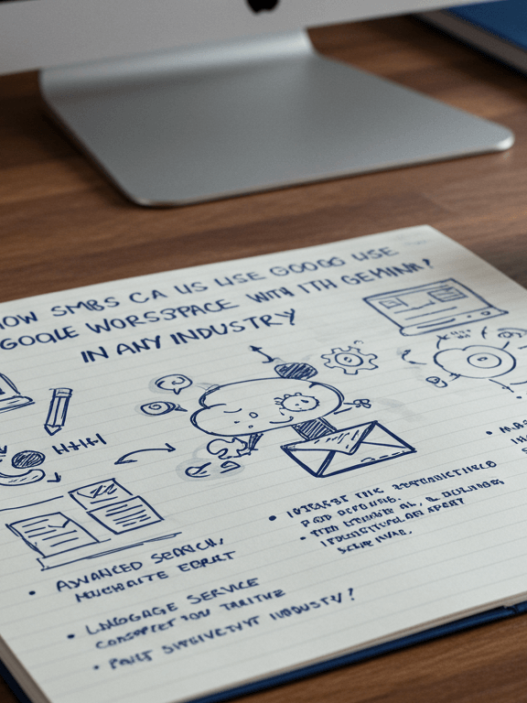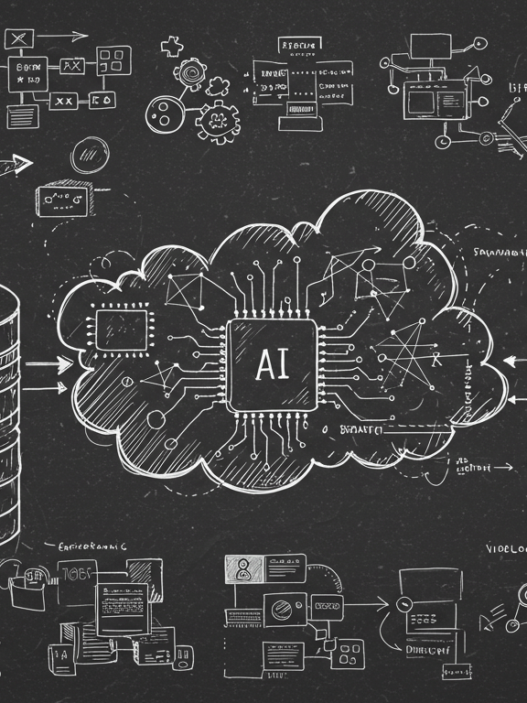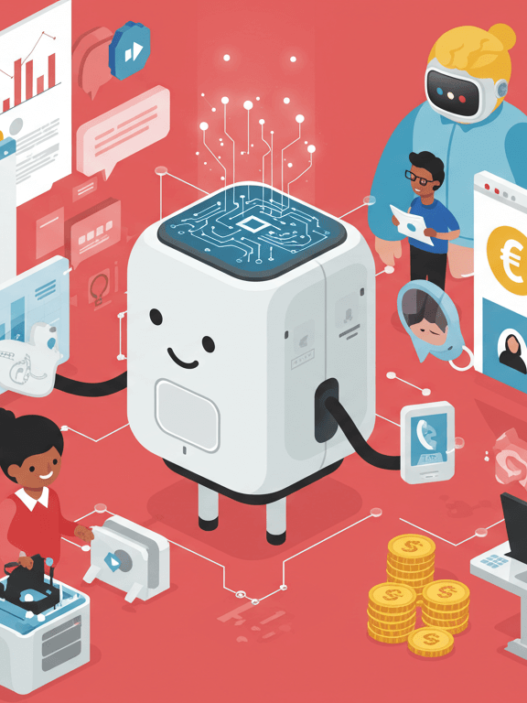TLDR: Google’s open-source Gemma 2 AI models offer SMBs powerful AI capabilities like enhanced customer service, content creation, and data analysis without prohibitive costs. Available in various sizes, even the smaller models show impressive performance and can be deployed on diverse hardware, making sophisticated AI accessible for business innovation and growth. Google has also prioritised responsible AI development with Gemma 2.
In today’s competitive landscape, Small and Medium-sized Businesses (SMBs) are constantly seeking innovative ways to enhance efficiency, engage customers, and drive growth. Open-source Artificial Intelligence (AI) models, like Google’s Gemma 2, are emerging as powerful tools that can provide these capabilities without the often prohibitive costs associated with proprietary solutions.
The movement towards transparent and accessible AI development is particularly advantageous for SMBs looking to leverage cutting-edge technology. Gemma 2 represents a significant opportunity for SMBs to integrate sophisticated AI into their operations in a practical and cost-effective manner.
Gemma 2: Performance That Defies Size
Gemma 2 is available in a range of sizes, encompassing models with 2 billion (2B), 9 billion (9B), and 27 billion (27B) parameters. Notably, the smaller models exhibit remarkable capabilities:
- The Gemma 2 2B model has demonstrated exceptional conversational AI abilities, outperforming all GPT-3.5 models on the Chatbot Arena. Its compact size allows for deployment on edge devices.
- The 27B model has rapidly climbed the LMSYS Chatbot Arena leaderboard, surpassing even larger, popular models in engaging and practical real-world conversations.
- Across diverse benchmarks, including question answering, commonsense reasoning, mathematics, science, and coding, Gemma 2 demonstrates strong performance. For instance, the 27B model’s score on the MMLU benchmark is very close to that of the much larger Llama 3 70 billion parameter model.
The Architecture Powering Gemma 2
Gemma 2 is built upon a decoder-only transformer architecture, a foundation it shares with its predecessor and the highly capable Gemini models. This architecture is enhanced by several key components:
- Rotary Position Embeddings (RoPE): Improves the model’s understanding of word order.
- Approximated GeGLU Non-linearity: A simplified yet effective activation function.
- Grouped-Query Attention (GQA): Enhances processing efficiency.
- RMSNorm: Used for normalising inputs and outputs within the transformer layers, enhancing training stability.
- Shared Vocabulary: Gemma 2 utilises the same SentencePiece tokenizer as Gemma 1 and Gemini, with a large vocabulary designed for effective multilingual capabilities.
How to use Gemma 2 AI, this is a tutorial for beginners. Watch the video https://www.youtube.com/watch?v=_lJUqsjYyYQ.
Built with Responsibility in Mind for Trustworthy Applications
Google has prioritised responsible AI development with Gemma 2, which is crucial for SMBs building customer-facing or internal applications:
- A Responsible Generative AI Toolkit is available to help SMBs understand and implement safety best practices.
- Gemma 2 has undergone rigorous testing and evaluation to mitigate potential risks and biases.
- The models are designed to align with Google’s safety policies to prevent the generation of harmful content.
- Clear guidelines on intended uses and prohibited uses are provided.
Accessible AI: Integrating Gemma 2 into Your Business
A key advantage of Gemma 2 is its open-source nature, with model weights readily available. Access is facilitated through popular platforms like Hugging Face and Kaggle. Gemma 2 is designed for broad compatibility and efficient deployment:
- Capable of running on various hardware, from local laptops to powerful cloud infrastructure like Google Cloud’s Vertex AI and Google Kubernetes Engine (GKE).
- Optimised for leading AI hardware platforms, including NVIDIA GPUs and Google Cloud TPUs.
- Support for multi-framework toolchains for inference and fine-tuning across Keras 3.0, native PyTorch, JAX, and Hugging Face Transformers.
Practical Applications for SMB Growth
Gemma 2 offers numerous potential applications that can directly benefit SMBs:

- Enhanced Customer Service: Implement AI-powered chatbots for instant customer support and FAQs, improving response times and freeing up human agents for more complex issues.
- Content Creation: Generate marketing copy, social media posts, and website content, saving time and resources on content creation.
- Data Analysis and Insights: Utilise Gemma 2 for summarising customer feedback, extracting key information from documents, and identifying trends.
- Personalised Recommendations: Develop AI-driven systems to provide tailored product or service recommendations to customers.
- Streamlined Internal Processes: Automate tasks like drafting emails, summarising meeting notes, and organising information.
Embracing the Power of Open Source AI
Gemma 2 offers SMBs a unique opportunity to leverage the power of advanced AI without the traditional barriers of cost and complexity. Its strong performance, accessibility across various hardware options, and commitment to responsible AI development make it a compelling choice for businesses looking to innovate and grow.
As the Gemma family continues to evolve, Google has also introduced Pali Gemma 2, a model that extends these capabilities into the realm of vision and language, integrating image understanding with the text generation power of Gemma 2, as highlighted in the article “Pali Gemma 2 Mix is a versatile vision-language model“. This expansion signals even greater potential for SMBs to harness open AI for a wider range of applications in the future.
Sources: Gemma 2 Research Paper, Gemma website.


